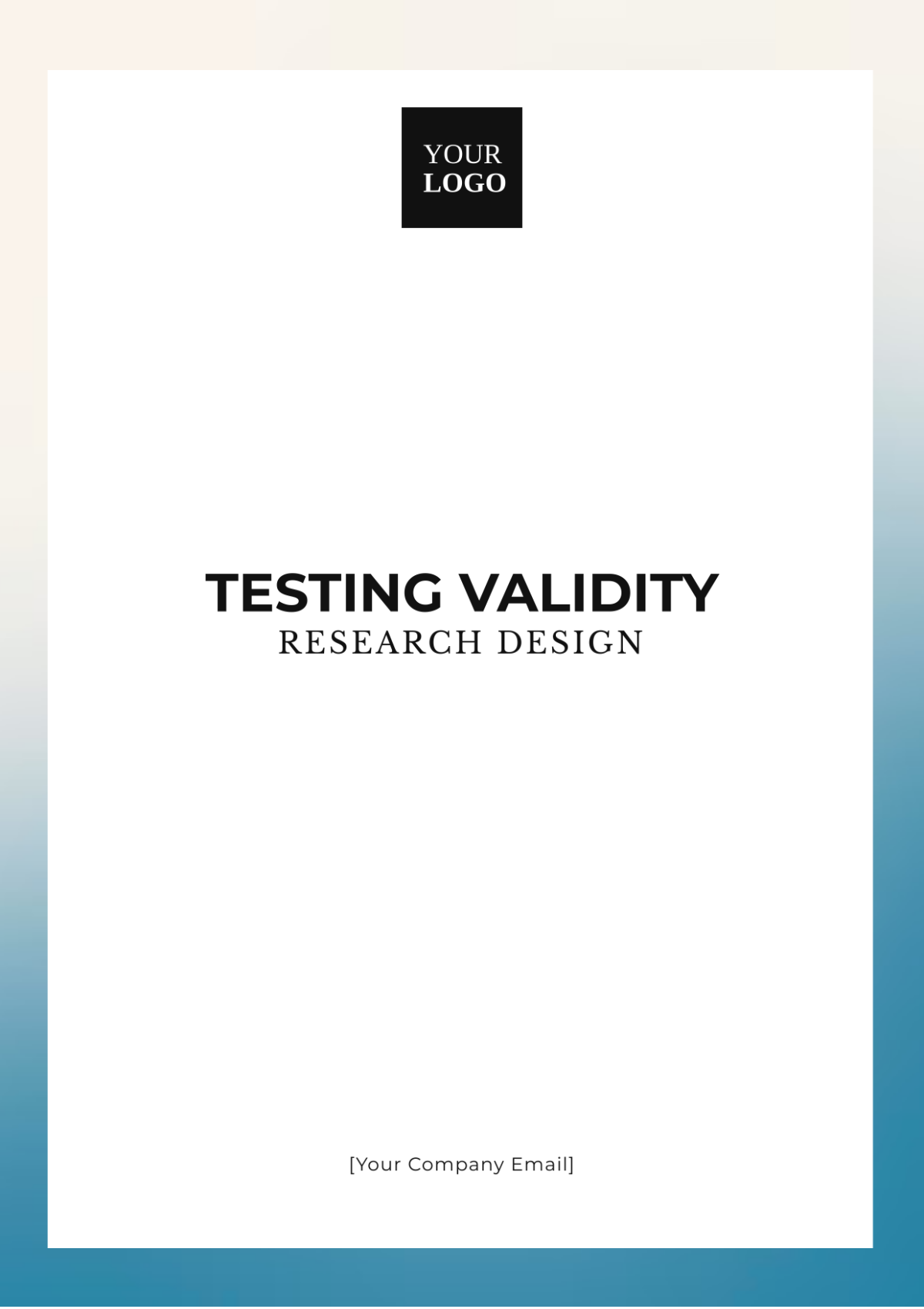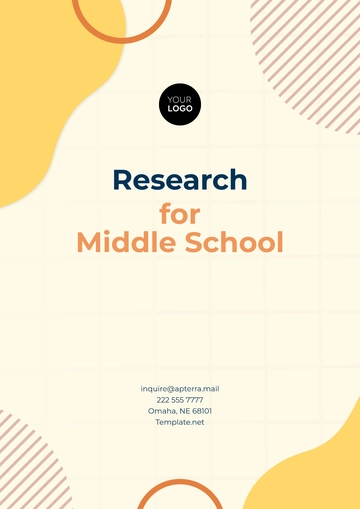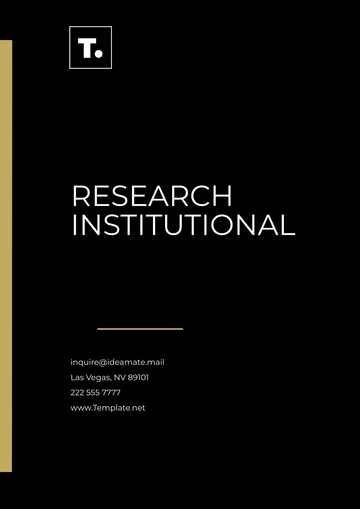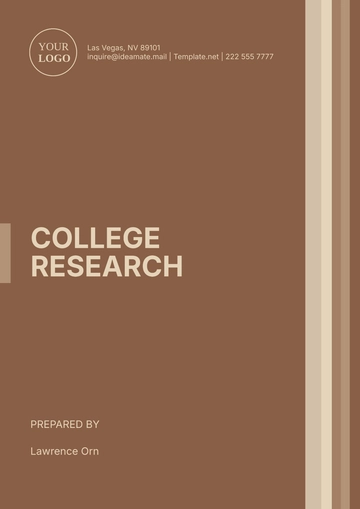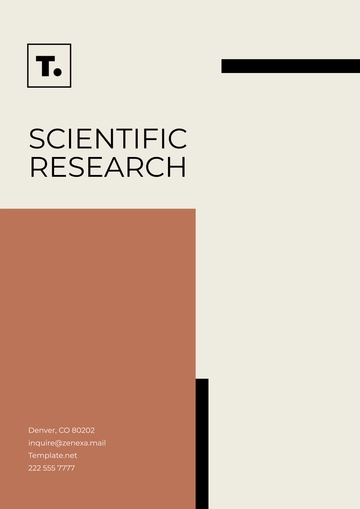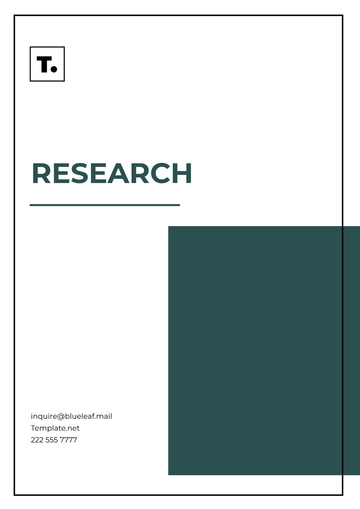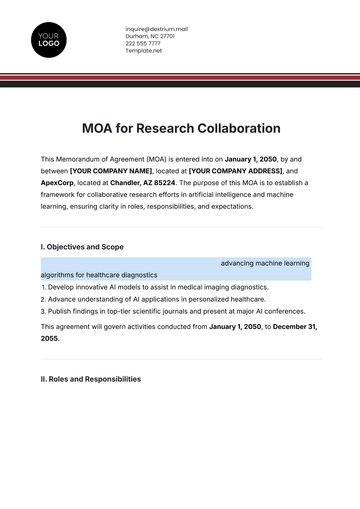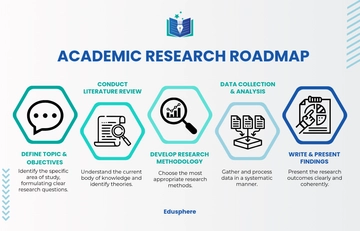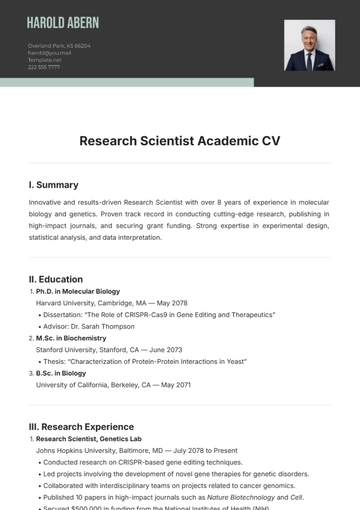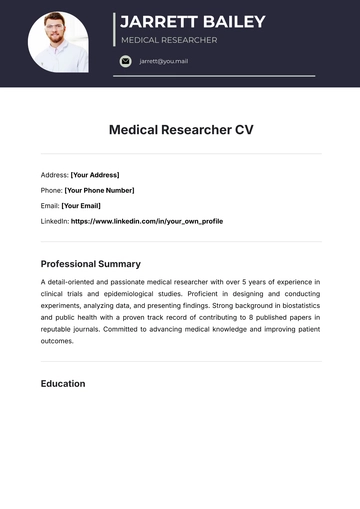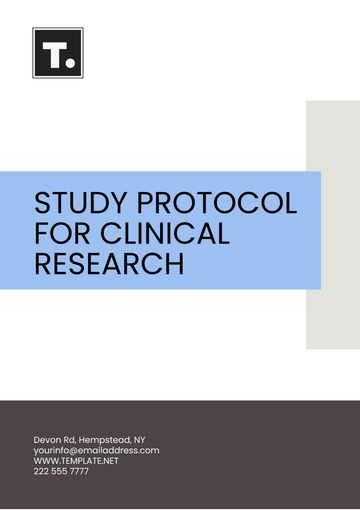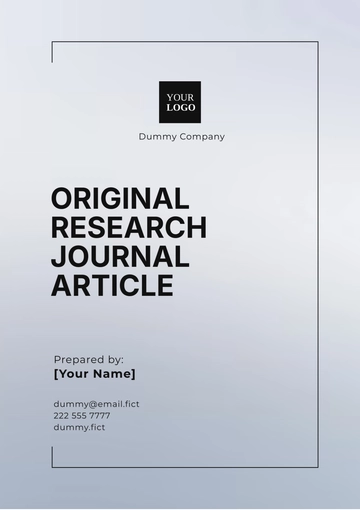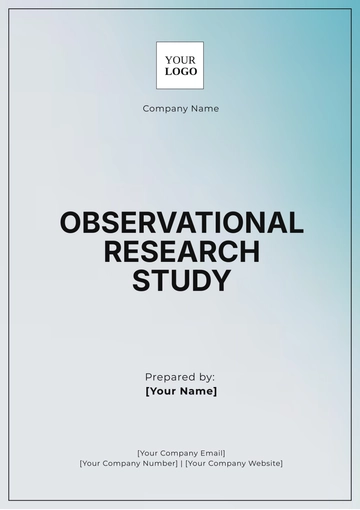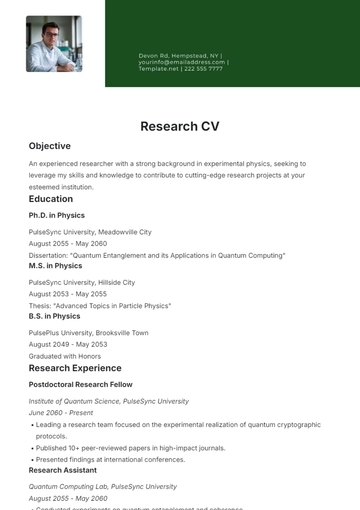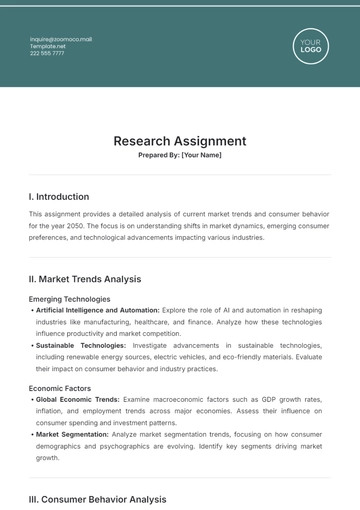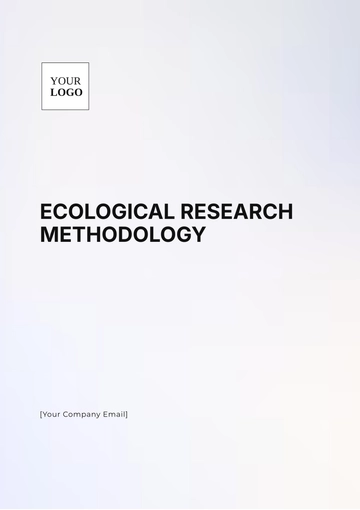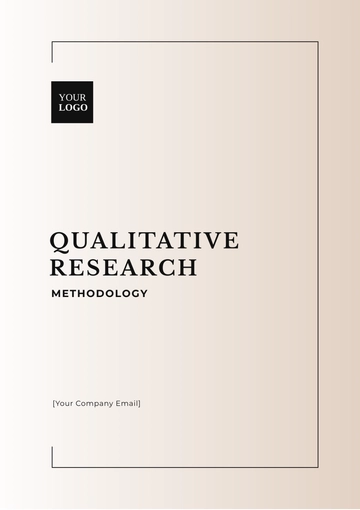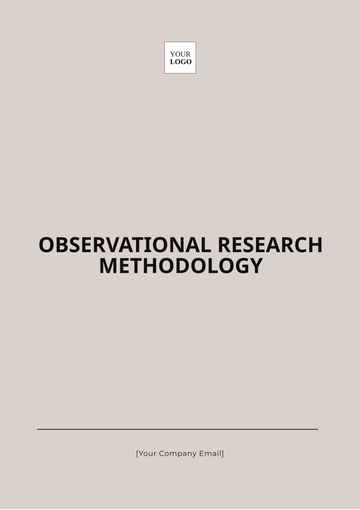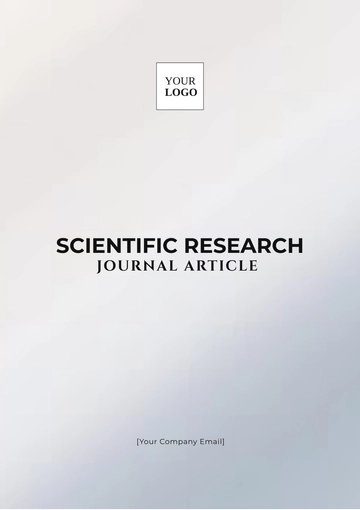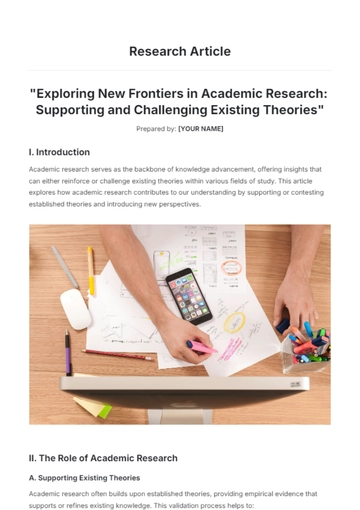Testing Validity Research Design
Prepared by: [YOUR NAME]
Date: [DATE]
I. Introduction
Testing validity research design is a framework used to ensure that research methods and tools accurately measure what they are intended to measure. This framework assesses the validity of testing procedures, ensuring that the results of a study are reliable and accurately reflect the variables being studied. This research design is crucial in establishing the authenticity and applicability of research findings.
II. Types of Validity
There are several types of validity that researchers must consider when designing their studies. These include:
III. Steps in Testing Validity
The steps involved in testing validity typically include:
Define the constructs clearly and thoroughly.
Develop a method or instrument to measure the constructs.
Assess the content validity through expert review or literature support.
Conduct pilot testing to refine the instrument.
Analyze the pilot test data to identify any issues with the instrument.
Use statistical methods like factor analysis to verify construct validity.
Compare the results of the new instrument with established instruments or criteria to assess criterion-related validity.
IV. Evaluation Methods
Various methods are employed to evaluate the validity of research designs. These methods include:
V. Tables of Validity Types and Descriptions
Type of Validity | Description |
|---|
Construct Validity | Ensures the test measures the concept it’s intended to measure. |
Content Validity | Ensures the test covers the full range of the concept’s meaning. |
Criterion-Related Validity | Measures how well one variable predicts an outcome based on another, criterion variable. |
Internal Validity | Refers to the degree of confidence that the causal relationship being tested is trustworthy. |
External Validity | Refers to the extent to which study findings can be generalized beyond the sample. |
VI. Challenges in Validity Testing
Despite its importance, testing validity comes with several challenges:
Subjectivity: Expert judgments in content and face validity may introduce bias.
Sample Size: Small sample sizes can lead to less reliable factor analyses.
Operationalization: Incorrectly defining constructs can affect all types of validity.
Changing Constructs: Some constructs evolve, affecting longitudinal studies.
VII. Conclusion
Testing the validity research design is fundamental to the integrity of research findings. By understanding and implementing various types of validity, following systematic steps in testing, and utilizing appropriate evaluation methods, researchers can greatly enhance the reliability and applicability of their studies. However, they must also navigate and mitigate the inherent challenges to fully realize the benefits of validity testing.
VIII. References
Creswell, J. W., & Creswell, J. D. (2051). Research design: Qualitative, quantitative, and mixed methods approach. Sage publications.
Research Templates @ Template.net
